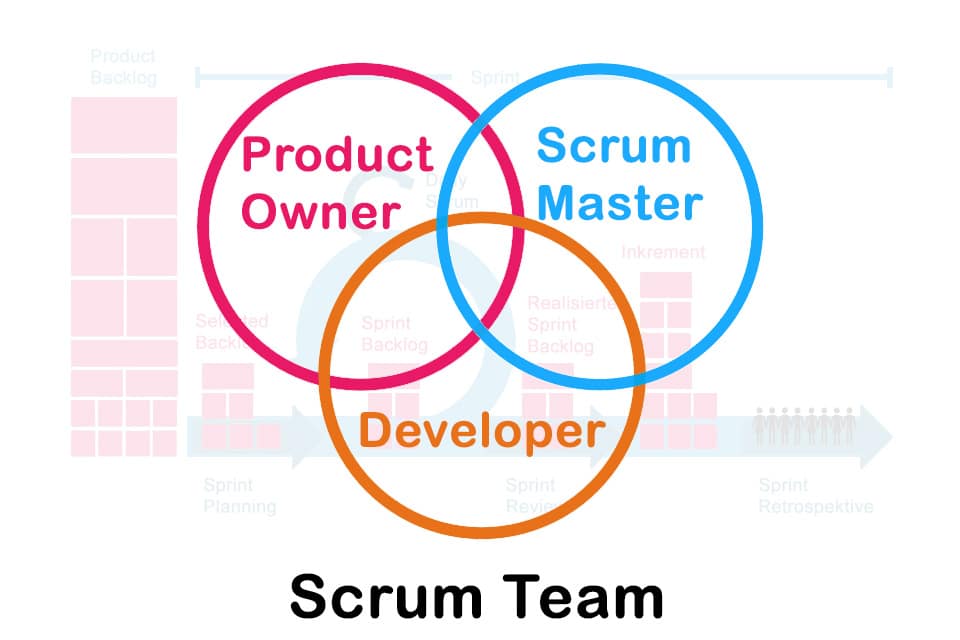Scrum for Product Owners: A Comprehensive Guide
As a Product Owner, your role is central to the success of your team and the product you're developing. This comprehensive guide is designed to provide you with a deep understanding of your responsibilities, best practices, and strategies to excel in the Scrum framework.
1. Understanding the Product Owner Role in Scrum
As a Product Owner, you are the voice of the customer and a key stakeholder. Learn about the fundamental responsibilities, including prioritizing the product backlog, defining user stories, and ensuring the delivery of value to customers.
2. Crafting a Compelling Product Vision
A compelling product vision serves as your guiding light. Explore techniques for articulating a vision that aligns with organizational goals, inspires the team, and remains a constant source of motivation throughout the development journey.
3. Effective Product Backlog Management
The product backlog is your tool for success. Dive into strategies for creating, refining, and prioritizing the backlog. Ensure it reflects customer priorities, aligns with the product vision, and guides the development team effectively.
4. Writing User Stories and Acceptance Criteria
User stories are the language of "What Is Scrum". Learn the art of crafting effective user stories and defining clear acceptance criteria. This includes understanding user needs, prioritizing features, and ensuring each story communicates actionable and testable requirements.
5. Collaboration with Stakeholders and Development Team
Collaboration is key. Discover how to engage with stakeholders to gather feedback, prioritize features based on business value, and work closely with the development team to ensure a shared understanding of goals and expectations.
6. Sprint Planning and Commitment
Sprint planning is a critical ceremony. Explore your role in sprint planning, clarifying user stories, addressing team questions, and ensuring selected backlog items align with sprint goals. Foster a collaborative environment for commitment and successful delivery.
7. Sprint Review and Feedback Integration
The sprint review is your chance to shine. Actively participate, incorporate stakeholder feedback, and use insights to refine the product backlog. Learn how to enhance future iterations based on the valuable input received.
8. Managing Changes and Adaptation
Change is inevitable in product development. Develop strategies to adapt to changing priorities, handle new requirements, and communicate effectively to keep the product aligned with evolving needs.
9. Metrics and Key Performance Indicators (KPIs) for Product Owners
Metrics are your compass. Explore key performance indicators related to product backlog health, release planning, and customer satisfaction. Use data-driven decision-making for continuous improvement.
10. Handling Challenges and Overcoming Obstacles
Challenges are part of the journey. Address common obstacles like conflicting priorities and scope changes. Discover practical strategies to overcome challenges and maintain effective product ownership.
11. Scaling Product Ownership in Large Projects
Scaling is a natural progression. Learn how to collaborate in scaled Agile frameworks, manage multiple teams, and ensure alignment between product strategies and the broader organizational vision.
12. Continuous Learning and Professional Development
The journey is ongoing. Stay informed about industry trends, seek feedback, and participate in communities of practice. Embrace continuous learning to enhance your skills and effectiveness.
Congratulations on taking the helm as a Scrum Product Owner! This guide equips you with the knowledge and strategies needed to navigate the complexities of your role successfully. May your journey be filled with continuous improvement, collaboration, and the delivery of exceptional value to your customers.

Comments
Post a Comment